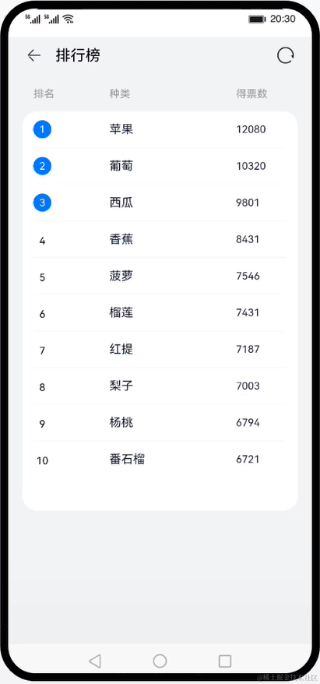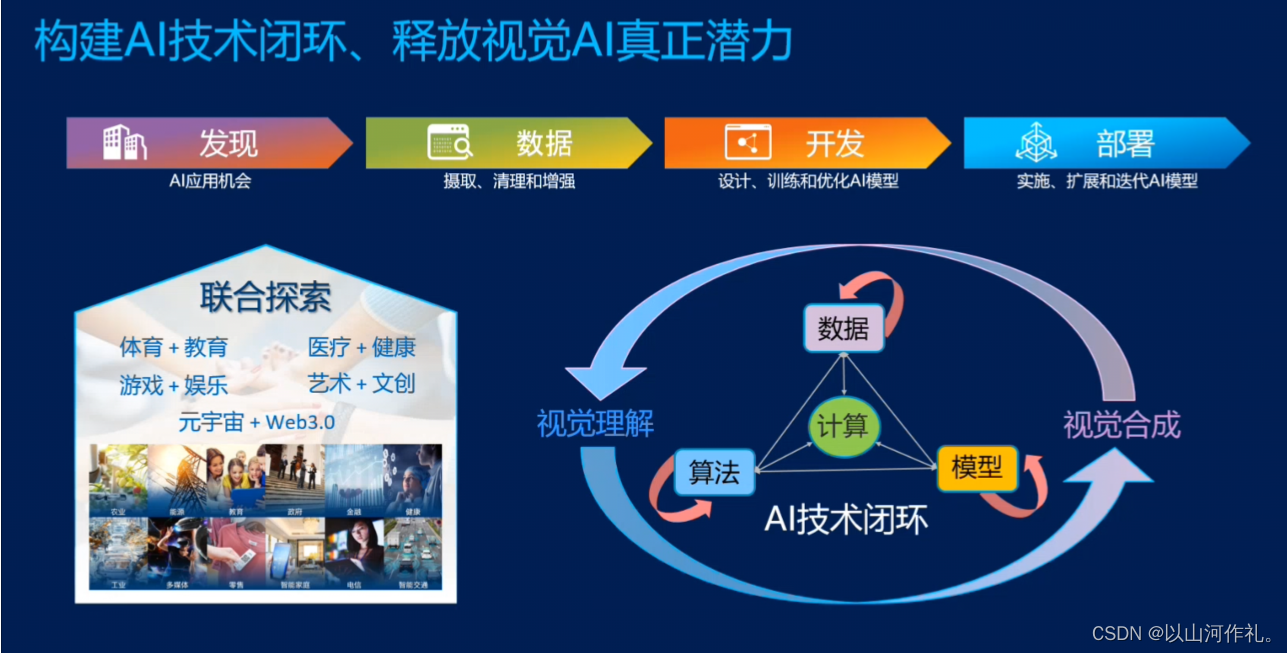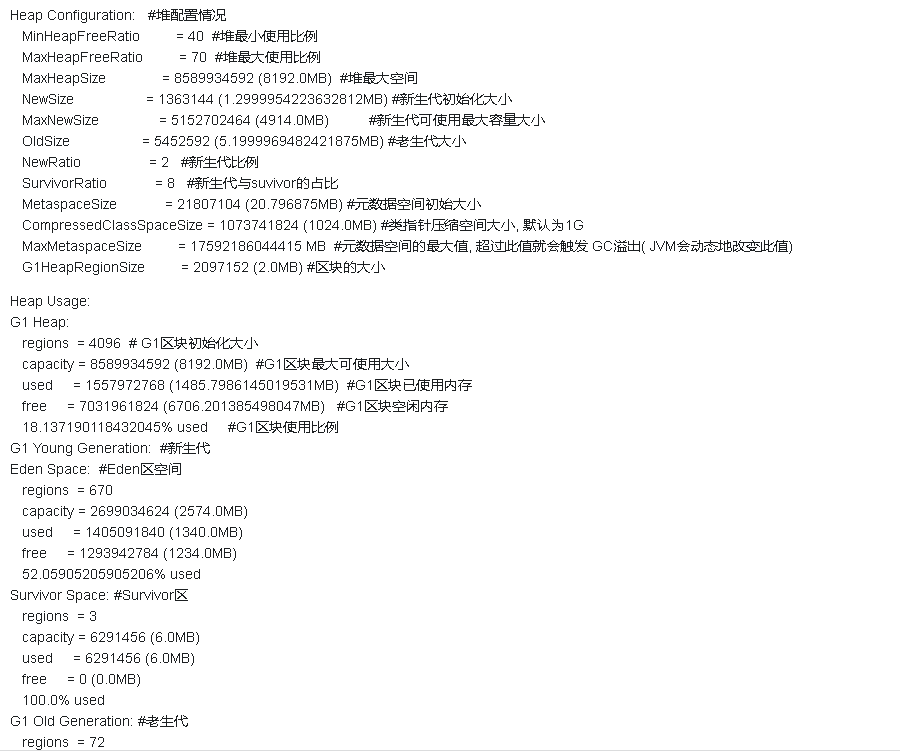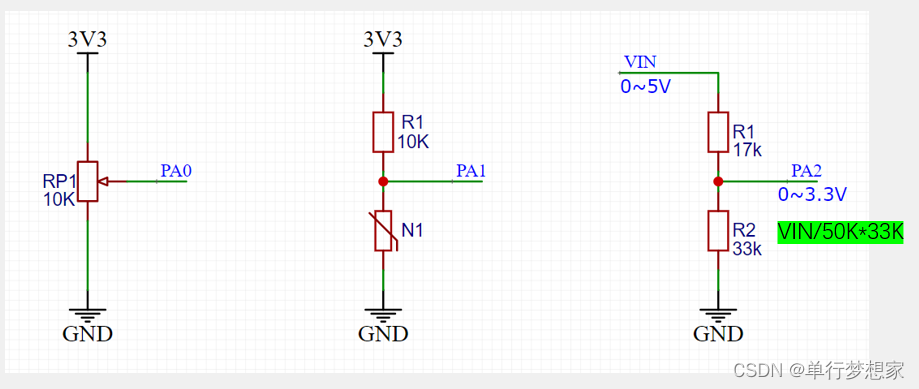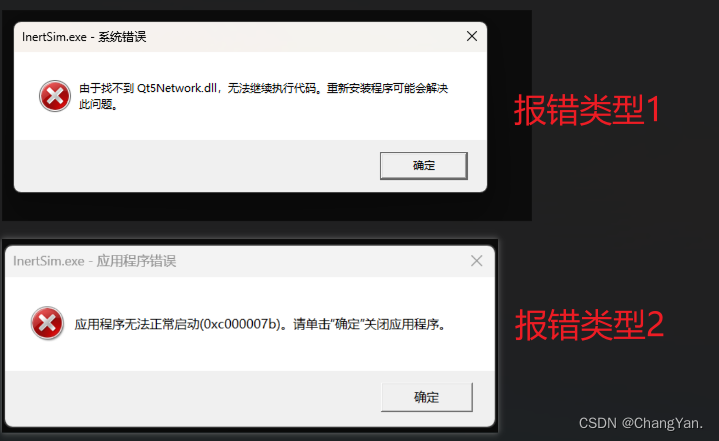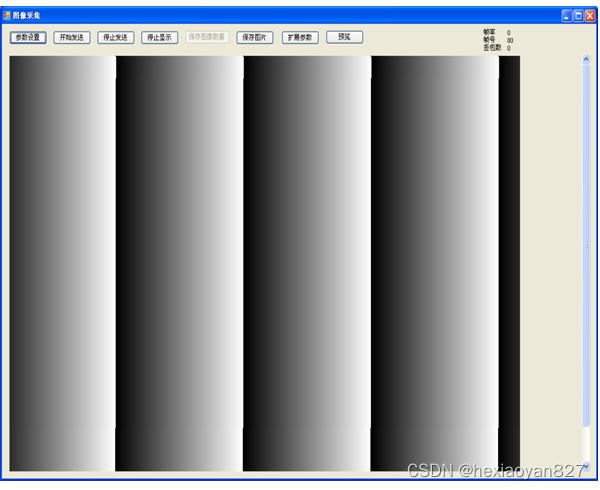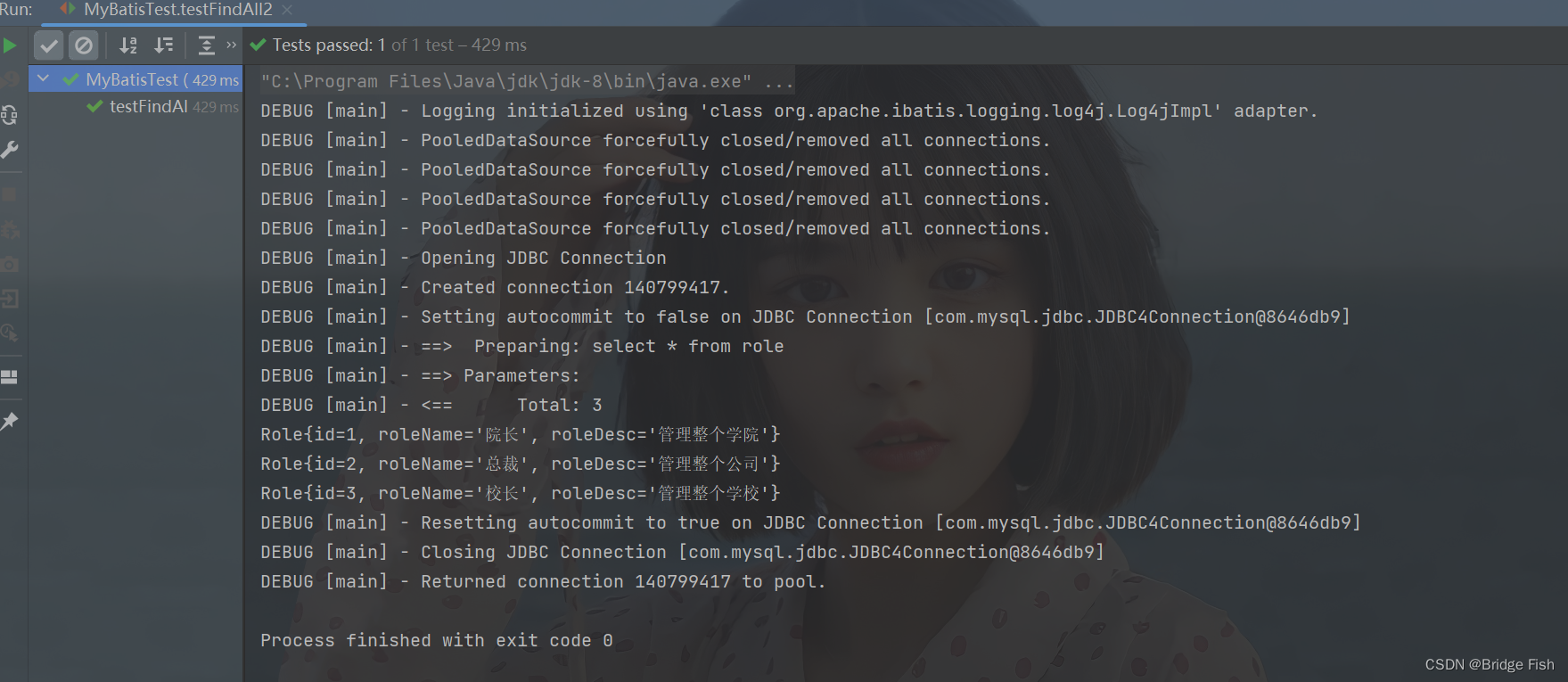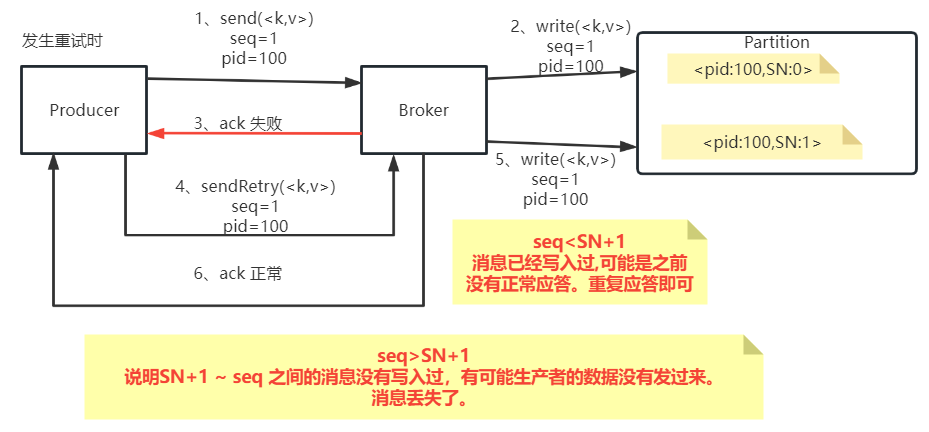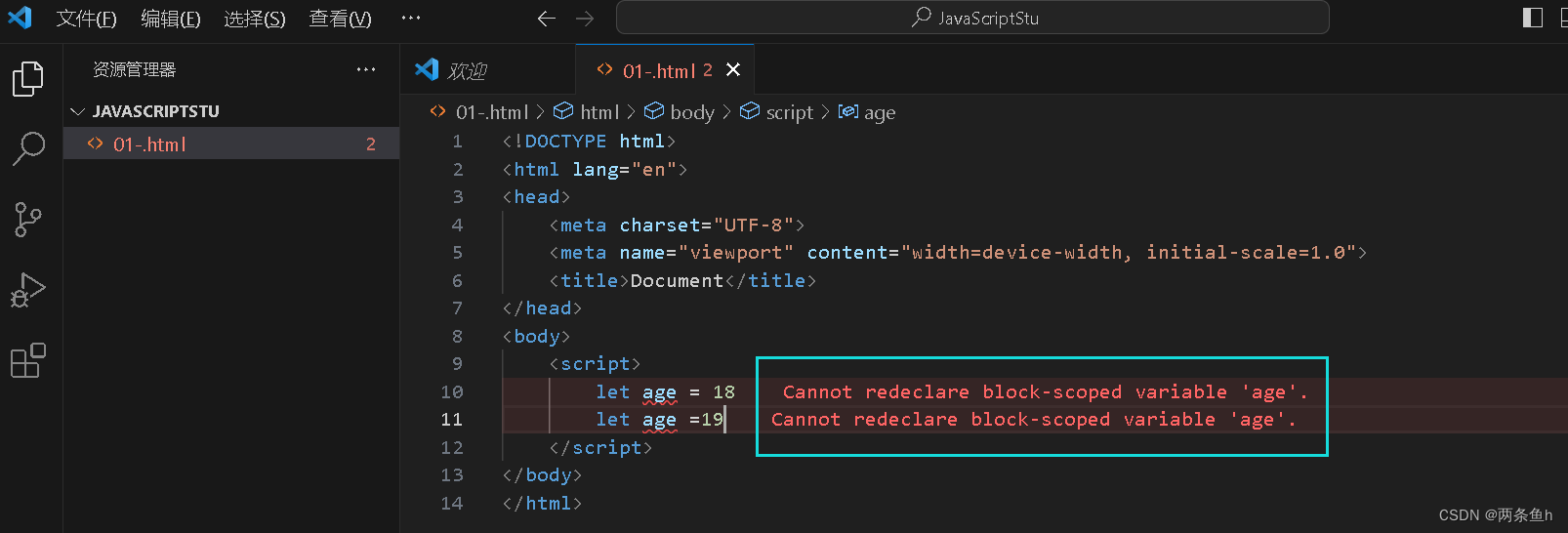
认识python中的set集合及其用法
python中,集合(set)是一个无序排列,可哈希,支持集合关系测试,不支持索引和切片操作,没有特定语法格式,只能通过工厂函数创建.集合里不会出现两个相同的元素,所以集合常用来对字符串或元组或列表中的元素进行去重操作。
生成一个集合可以使用如下语法:
生成集合语法1:
>>> l1=[1,2,3,4,5,6]
>>> s1=set(l1)
>>> print(s1)
{1, 2, 3, 4, 5, 6}
在这里,使用工厂函数set创建集合,set的参数可以是一个列表,也可以是一个元组或字符串。
生成集合语法2:
>>> s2={6,7,8,9,10}
>>> print(s2)
{8, 9, 10, 6, 7}
生成集合语法3:
>>> s3={i for i in range(10)}
>>> print(s3)
{0, 1, 2, 3, 4, 5, 6, 7, 8, 9}
集合类型的方法和操作:
add
为集合增加一个元素,如果集合中本来已经存在这个元素对集合无影响 Add an element to a set. This has no effect if the element is already present.>>> s1={1,2,3,4,5,6,7} >>> s1.add(8) >>> print(s1) {1, 2, 3, 4, 5, 6, 7, 8} >>> s1.add(9) >>> print(s1) {1, 2, 3, 4, 5, 6, 7, 8, 9}
clear
清空集合里所有的元素 Remove all elements from this set.>>> s1={1,2,3,4,5,6,7} >>> s2={5,6,7,8,9} >>> s1.clear() >>> print(s1) set() >>> s2.clear() >>> print(s2) set()
copy
对集合进行浅拷贝(只复制元素,不复制内存地址) Return a shallow copy of a set.>>> s1={1,2,3,4,5,6,7} >>> print(s1,id(s1)) {1, 2, 3, 4, 5, 6, 7} 140509859430472 >>> s2=s1.copy() >>> print(s2,id(s2)) {1, 2, 3, 4, 5, 6, 7} 140509842716712
difference
求两个或多个集合的差集,并返回一个新集合 Return the difference of two or more sets as a new set.>>> s1={1,2,3,4,5,6,7} >>> s2={5,6,7,8,9,10} >>> s1.difference(s2) {1, 2, 3, 4} >>> s2.difference(s1) {8, 9, 10}
difference_update
把两个集合的交集部分从集合中移除 Remove all elements of another set from this set.>>> s1={1,2,3,4,5,6,7} >>> s2={5,6,7,8,9,10} >>> s1.difference_update(s2) >>> print(s1) {1, 2, 3, 4} >>> s1={1,2,3,4,5,6,7} >>> s2={5,6,7,8,9,10} >>> s2.difference_update(s1) >>> print(s2) {8, 9, 10}
discard
从集合中移除一个元素,如果被移除的元素不在集合中,不会报错 Remove an element from a set if it is a member. If the element is not a member, do nothing.{1, 2, 3, 4, 5, 6, 7} >>> s1.discard(7) >>> print(s1) {1, 2, 3, 4, 5, 6} >>> s1.discard(4) >>> print(s1) {1, 2, 3, 5, 6} >>> print(s1) {1, 2, 3, 5, 6}
intersection
求两个或多个集合中的交集 Return the intersection of two sets as a new set.>>> s1={1,2,3,4,5,6,7} >>> s2={5,6,7,8,9,10} >>> s1.intersection(s2) {5, 6, 7} >>> s2.intersection(s1) {5, 6, 7}
intersection_update
把两个集合的交集做为新的集合 Update a set with the intersection of itself and another.
>>> s1={1,2,3,4,5,6,7}
>>> s2={5,6,7,8,9,10}
>>> s1.intersection_update(s2)
>>> print(s1)
{5, 6, 7}
>>> print(s2)
{5, 6, 7, 8, 9, 10}
>>> s1={1,2,3,4,5,6,7}
>>> s2={5,6,7,8,9,10}
>>> s2.intersection_update(s1)
>>> print(s2)
{5, 6, 7}
>>> print(s1)
{1, 2, 3, 4, 5, 6, 7}
isdisjoint
两个集合没有交集则返回True Return True if two sets have a null intersection.
>>> s1={1,2,3,4,5,6,7}
>>> s2={5,6,7,8,9,10}
>>> s1.isdisjoint(s2)
False
>>> s1={1,2,3,4}
>>> s2={6,7,8,9}
>>> s1.isdisjoint(s2)
True
issubset
如果本集合是参数集合的子集,返回True Report whether another set contains this set.
>>> s1={1,2,3,4}
>>> s2={1,2,3,4,5,6,7}
>>> s1.issubset(s2)
True
>>> s2.issubset(s1)
False
issuperset
如果本集合是参数集合的超集,返回True Report whether this set contains another set.
>>> s1={1,2,3,4}
>>> s2={1,2,3,4,5,6,7}
>>> s1.issuperset(s2)
False
>>> s2.issuperset(s1)
True
pop
从集合中移除一个元素,如果集合为空,则报错 Remove and return an arbitrary set element. Raises KeyError if the set is empty.
>>> s1={2,3,4,5}
>>> s1.pop()
2
>>> print(s1)
{3, 4, 5}
>>> s1.pop()
3
>>> s1.pop()
4
>>> s1.pop()
5
>>> s1.pop()
Traceback (most recent call last):File "<stdin>", line 1, in <module>
KeyError: 'pop from an empty set'
remove
移除集合中的一个元素,如果集合是空的,则报错 Remove an element from a set; it must be a member. If the element is not a member, raise a KeyError.
>>> s1={1,2,3,4,5,6}
>>> s1.remove(4)
>>> print(s1)
{1, 2, 3, 5, 6}
>>> s1.remove(9)
Traceback (most recent call last):File "<stdin>", line 1, in <module>
KeyError: 9
symmetric_difference
返回两个集合的对称差集的集合 Return the symmetric difference of two sets as a new set.
>>> s1={1,2,3,4}
>>> s2={6,7,8,9}
>>> s1.symmetric_difference(s2)
{1, 2, 3, 4, 6, 7, 8, 9}
>>> s3={1,2,3,4,5,6}
>>> s4={5,6,7,8,9,10}
>>> s3.symmetric_difference(s4)
{1, 2, 3, 4, 7, 8, 9, 10}
symmetric_difference_update
与参数集合做对称差集,并返回给自身 Update a set with the symmetric difference of itself and another.
>>> s1={1,2,3,4}
>>> s2={6,7,8,9}
>>> s2.symmetric_difference_update(s1)
>>> print(s2)
{1, 2, 3, 4, 6, 7, 8, 9}
>>> s3={1,2,3,4,5,6}
>>> s4={5,6,7,8,9,10}
>>> s3.symmetric_difference_update(s4)
>>> print(s3)
{1, 2, 3, 4, 7, 8, 9, 10}
union
求两个或多个集合的并集 Return the union of sets as a new set.
>>> s1={1,2,3,4,5,6}
>>> s2={5,6,7,8,9}
>>> s1.union(s2)
{1, 2, 3, 4, 5, 6, 7, 8, 9}
>>> s3={1,2,3,4}
>>> s4={6,7,8,9}
>>> s3.union(s4)
{1, 2, 3, 4, 6, 7, 8, 9}
update
与另一个集合求并集,并返回给自身 Update a set with the union of itself and others.
>>> s3={1,2,3,4}
>>> s4={6,7,8,9}
>>> s3.update(s4)
>>> print(s3)
{1, 2, 3, 4, 6, 7, 8, 9}
